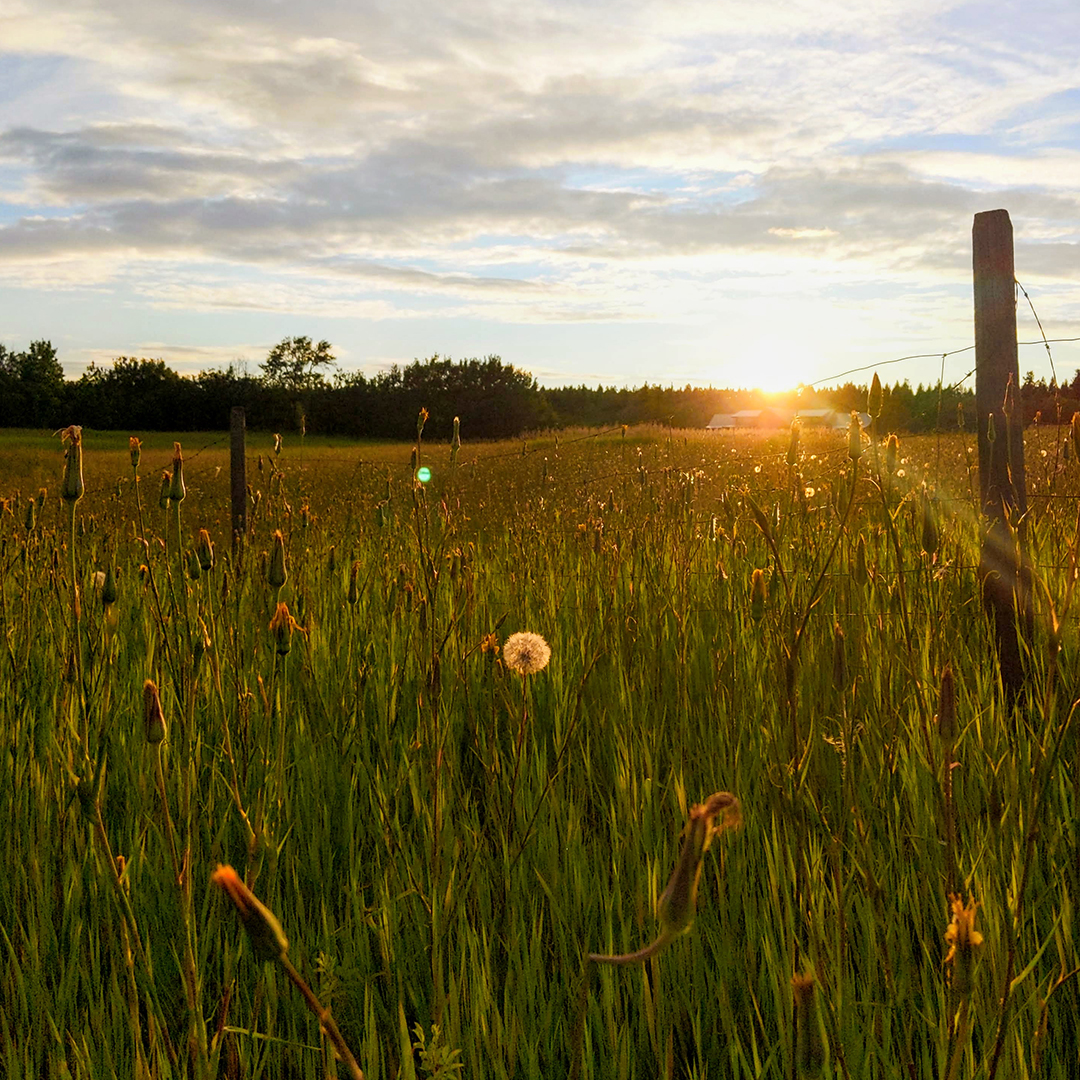The Mighty Fraser River
Stretching for 1,325 kilometres, the Fraser River snakes its way from its headwaters in the Rocky Mountains to the Pacific Coast, rushing through vast canyons and past historic towns. Today, key locations along the river are ideal for recreational activities like fishing and rafting adventures, though it also plays a critical role in BC’s transportation and commerce—which accelerated during the Gold Rush.
If you’re driving from Vancouver, the first leg is New Westminster to Hope. With its home at the mouth of the Fraser River, New Westminster became a gateway for international prospectors, clamouring to reach British Columbia’s gold-rich interior. The “Royal City,” with its heritage sites, contemporary dining, and parks, is an interesting first stop. You can even take a tour on a Paddlewheeler Riverboat.

















